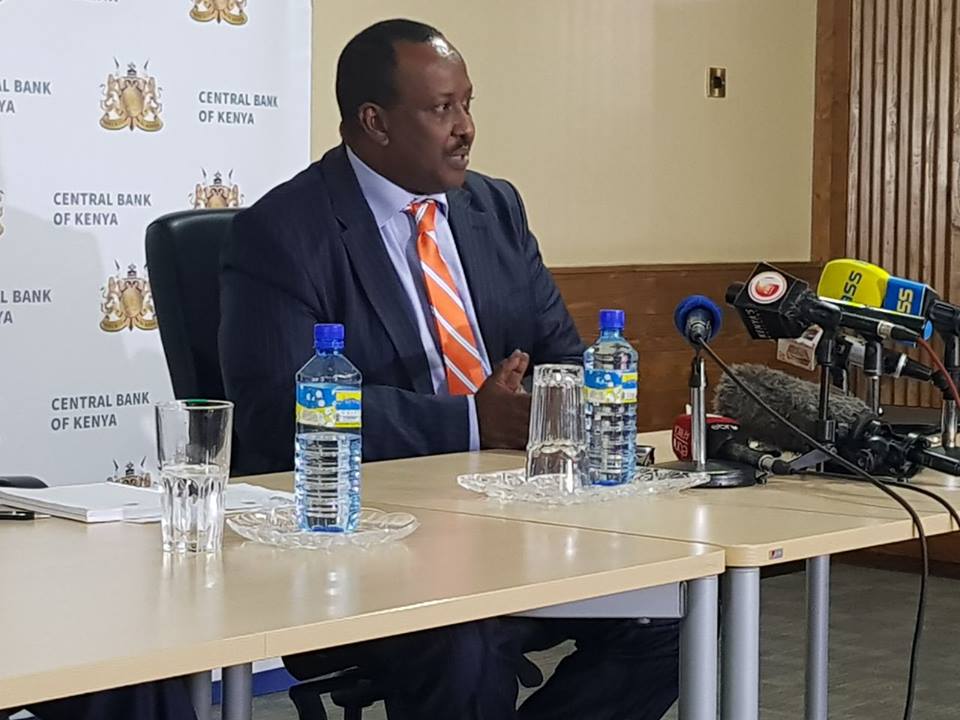Treasury Economic Secretary Geoffrey Mwau has announced that the Government is looking at floating its first ever green bond in the 2018-2019 financial year. Treasury was set to float the bond in early 2017 but the plan was put off due to regulatory setbacks. The postponement gives the Capital Markets Authority time to create a regulatory framework and guidelines for the green bond.
“There is a demand for green bonds in the country, but regulatory works take time. [However, we hope to release the bond in the 2018-2019 financial year],” Mwau stated.
When an investor buys a bond, it means that they are lending money to an entity such as the government. The issuer agrees to regularly pay the person that holds the bond interest. However, a green bond is different because the proceeds received by the entity are used to fund environmental and climate projects.
Kenya is the first country in East Africa to run the green bond programme which has been successfully implemented in other places. For instance, Johannesburg raised $143M which was dedicated in implementing the city’s climate change mitigation strategy and in undertaking energy, waste, water, and transportation projects. Banks will float the first private sector green bond whose funds will be used in green projects.
“We have several ways we can do this: either through one bank issuing or all banks issuing one green bond or a corporate customer issuing it. We are still in consultations [although] we have a number of banks that have green assets,” Habil Olaka, Kenya Bankers Association CEO.
According to Climate Bonds, on 28th September 2017, the full amount of green bonds issued was $83.2bn which was higher than the $81.6bn issued in 2016. In 2013, the amount of issued green bonds was $11bn. This indicates that green bonds are becoming more popular every year.




